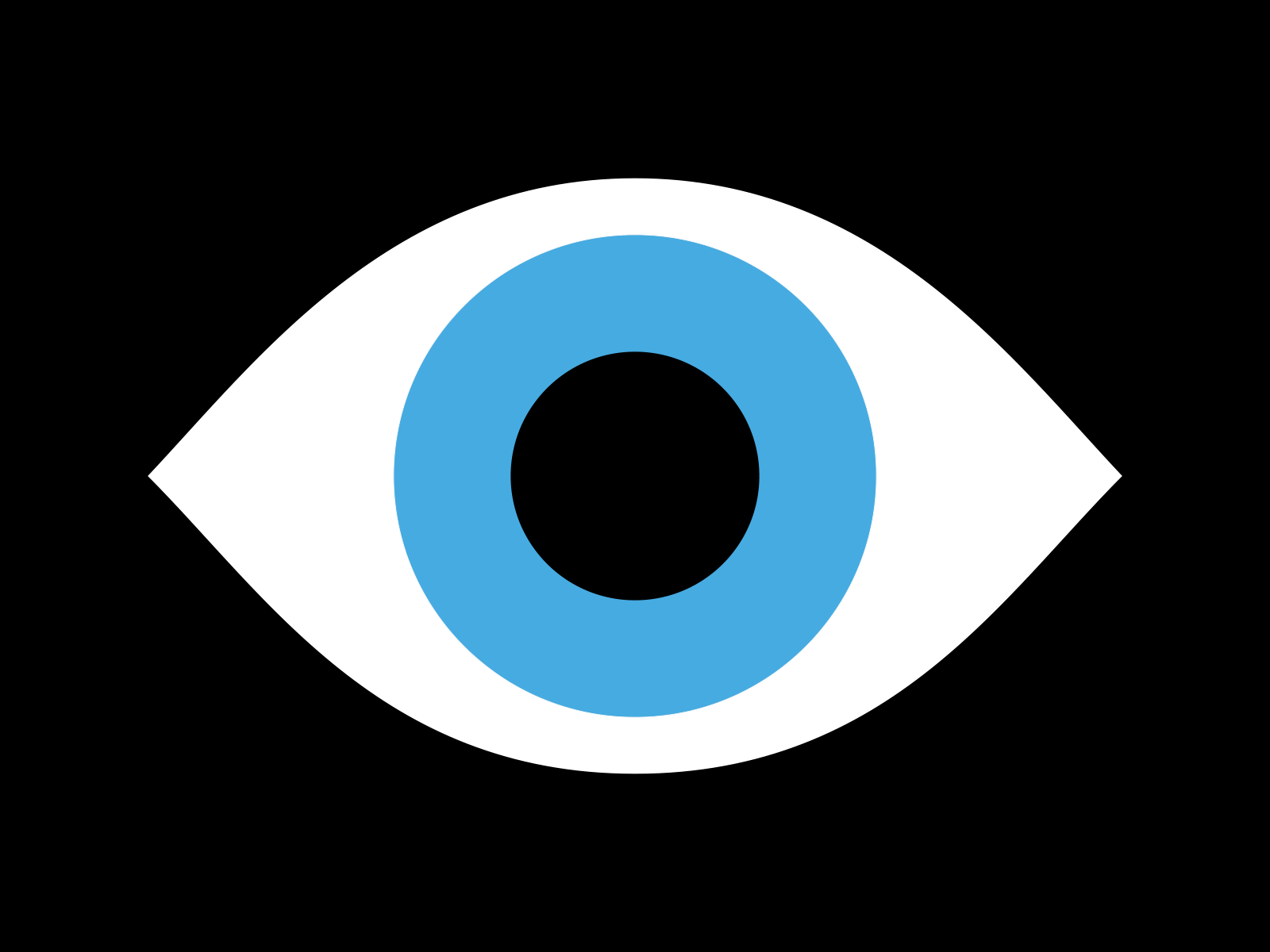American Eagle’s “Sydney Sweeney Has Great Jeans” campaign triggered outrage, applause, and (crucially) 700,000 new customers. Everyone thinks they know why. They’re wrong.
In this moment, we’re going to do three things:
- What most people think made it work
- What actually made it work
- Why this specific system turned noise into money
1) The Hook: “It worked because celebrity + controversy”
American Eagle hired a famous person, made a cheeky pun, Twitter exploded, and suddenly: 700,000+ new customers, billions of impressions, and a very happy stock chart. That’s the lazy take: celebrity + culture-war spark = attention = sales.
But attention is not strategy. Attention is a tool. The question is what you point it at.
2) The Truth: The system that converted attention
Let’s use three positioning principles to see what was really happening.
A) The Noun Test: Own one word
American Eagle owns “jeans” in customers’ minds. Not “vibes.” Not “fashion.” Jeans. One noun. When Sydney Sweeney says “great jeans,” the mental path to American Eagle already exists. The campaign didn’t create the association; it activated it.
- Inside-Out: AE’s leadership literally said: We’re the American jeans brand.
- Outside-In: Customers already go to AE for denim fits and price points.
American Eagle doesn’t describe jeans. They ARE jeans in the teenage/young adult America’s mind.
B) Mental Availability met Physical Availability
Viral ads raise mental availability: “I’m thinking about jeans right now.” However, conversion occurs only when physical availability is readily available with zero friction.
American Eagle had:
- Assortment breadth (fits, washes, sizes)
- Mid-tier pricing (approachable, discountable)
- Omnichannel plumbing (site, app, stores, pickup)
When attention spiked, the shelf was ready. The buzz didn’t bounce; it stuck.
C) The 4-Level Proof System
- What they say: We’re the American jeans brand
- What they show: Measurable artifacts (sellouts, +700k new customers, traffic moving)
- What they do under pressure: Keeping the campaign live amid backlash. That’s a costly signal
- What territory they control: Years of denim heritage + Aerie’s “REAL” ethos = ownership of “comfortable, inclusive denim”
Most brands claim positions. AE proved theirs. The sellouts weren’t accidents. They were evidence.
D) The Conversion Equation
Revenue = Attention × Relevance × (1 − Friction)
They maxed all three:
- Attention: celebrity + controversy
- Relevance: laser-focused on jeans during back-to-school
- Low Friction: inventory, price, omnichannel, fits
Fame pointed at owned mental territory did it.
3) The System: Why that mechanism existed
Why and how could AE plug a noisy ad into a machine and get money out?
A) The Aerie “REAL” Halo
For a decade, Aerie has banked trust with no retouching and inclusive casting. That’s reputational capital. When the discourse got spicy, AE had a cushion: we’re still the brand where more bodies feel seen. Values equity enabled velocity.
B) Category Discipline
They didn’t ask the world to love “American Eagle, generally.” They told the world to talk about denim, specifically. They chose jeans and let everything else go. Pick the hill you can hold. AE chose jeans — their hill with breadth, margins, and muscle memory.
C) Leadership Conviction
AE didn’t apologize it off the air. They extended it into fall and holiday, stacked in Travis Kelce, and told investors: This is the plan. Markets bet on systems, not stunts.
D) The Boring Infrastructure
Logistics. Sizing. Promo discipline. CRM. The unsexy skeleton that lets the meme move product. Without that, the same ad is just loud noise and a sad spreadsheet.
The Chain, Cleanly
Memetic hook (celebrity + provocation)
→ Spikes mental availability for “AE = jeans” → Traffic → Friction-light conversion (assortment/price/omni) → Sell-through + new customers → Guidance confidence + stock repricing
Every arrow depends on the one before it and on prebuilt brand assets. Remove any one, and you’re left with a Twitter fight wearing a billboard.
The Lessons: What to copy (and what not to)
Do copy:
- Anchor the spectacle to a noun you own. If you can’t write “Brand X = ____,” you’re not ready
- Balance engines: cultural velocity + operational readiness
- Ship receipts: publish sellouts, restocks, loyalty lifts. Make proof your creative extension
Don’t copy:
- Provocation without permission. No values equity? Don’t borrow at controversy rates
- Awareness for categories you can’t fulfill. “Sold out” isn’t a strategy
- The flinch. If it’s strategic, commit. If you can’t commit, don’t ship
FINALLY
Positioning isn’t what you do to a product. It’s what you own in a mind. AE owned “jeans.” Sydney Sweeney was just the match that lit existing gunpowder. It worked because American Eagle already owned “jeans” in young America’s mind. Sydney Sweeney didn’t create that position. She proved it.
And in positioning, proof beats claims every time.



Leave a Reply
You must be logged in to post a comment.